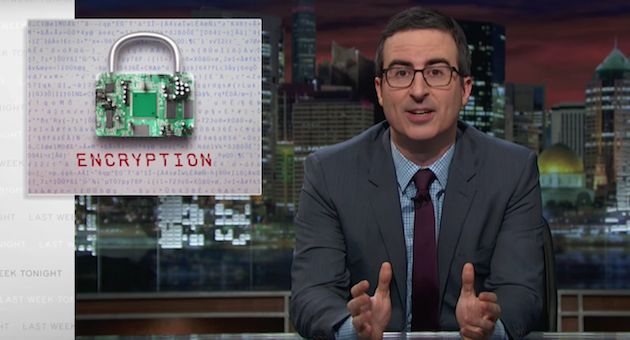On the latest Last Week Tonight, John Oliver took on the business of congressional fundraising and the overwhelming amount of time lawmakers spend just to raise money—a grueling task many politicians cite as the worst part of their jobs.
“In the 2014 election cycle, candidates for the House and Senate raised a combined $1.7 billion dollars,” Oliver explained. “That’s a lot of money. That’s more than it costs to buy 213 million tubes of hemorrhoidal cooling gel, and it’s somehow even more upsetting.”
Another reason politicians endlessly fundraise is partly because of hefty membership dues required by some political groups such as the Democratic Congressional Campaign Committee—dues that can range from $125,000 to a whopping $800,000, according to Oliver.
“Is it any wonder that politicians are hitting up their customer base harder than a Girl Scout with gambling debts?”
Oliver goes on to break down how all that time is spent—from attending depressing fundraisers to cold-calling donors for hours a day—and he explains why neither side of the aisle is willing to fix the problem.
















